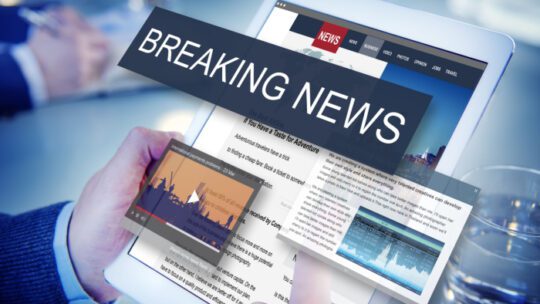
Inevitably, there will be Monday morning quarterbacking over the coming weeks about the PGA Tour’s decision to merge with the LIV Golf Tour. While much has been and will be said about the ethics and economics of the announcement, one aspect that’s being overlooked is the way the PGA Tour chose to break the news on CNBC, for all audiences to see, including its greatest asset — its players.
While the PGA Tour wasn’t going to win over many of its players’ hearts and minds with the merger announcement, it didn’t help the league’s case when it deprioritized the players in the sharing of the news.
In response, several of them, including Collin Morikawa, Joel Dahmen and Justin Thomas, took to Twitter to display their confusion and disappointment.
The communications coming directly from the PGA Tour players were just as damning to the brand and reputation of the sport as were the thoughts of any analyst or pundit discussing the ethics and economics of the situation.
The PGA Tour is not like a normal corporate entity, and its players are not the same as traditional company employees, but there are parallels and valuable lessons that we can learn from how the league handled its communications cadence in this scenario.
Here’s how companies can avoid the pitfalls and negative press by making internal communications a priority on the same level as its external rollout.
Prioritize the Employee
Announcing major news should be done in waves, and employees should always take priority over external audiences. When a company must release information to the public first, it should take care to communicate the news to employees simultaneously or immediately afterward.
De-prioritizing internal audiences during significant change sends the message that leadership is indifferent or scared about employees' needs and concerns.
Breaking News
The news media are a powerful channel for announcing breaking news, but you never want an employee learning of an announcement from reading it in an article or watching it on TV.
Never treat media coverage as a resource for breaking news to employees, who will feel hurt, shocked and scared when they consume it.
What’s in it for Me?
Knowing the employee audience and taking time to understand how they’re likely to react to the news will enable leaders to develop better messaging and prepare to answer difficult questions with transparency and authenticity.
It’s unclear how well Jay Monahan understood his golfers and their potential response to the news, but it is clear that he was unprepared to adequately address their inevitable harsh responses.
Whether a well-paid professional athlete or a line worker at a factory, the innate human response to news of organizational change is always, “What’s in it for me?” A leader must be ready with an answer.
You Can’t Put a Price Tag on Authenticity
When asked about the sudden change of heart, Monahan said, “I recognize that people are going to call me a hypocrite. Anytime I said anything, I said it with the information that I had at that moment, and I said it based on someone that’s trying to compete for the PGA Tour and our players.”
At best, this response is inauthentic, exacerbating his critics' assessments. He would have been better off telling the truth and admitting that the decision was in the best interest of the PGA Tour because it stands to make the league the most amount of money possible.
Side note: His comment about being called a hypocrite became the lead quote and dominated the headlines. It’s a textbook example of why not to repeat the negative during media interviews.
Business leaders need access to strong communications thinking in challenging situations, but too often these executives surround themselves with “yes” people or exclude their top communications talent from the board room where these decisions get made.
It’s a tale as old as the game as golf, and many leaders still learn the lesson the hard way after much of the damage has been done. Tough calls and decisions are made all the time, but prioritizing your internal stakeholders will never bode you negatively during times of organizational change.
Ted Birkhahn is the co-founder and president of Hot Paper Lantern.
Mike Adorno is a Senior Vice President, Communications at Hot Paper Lantern.
